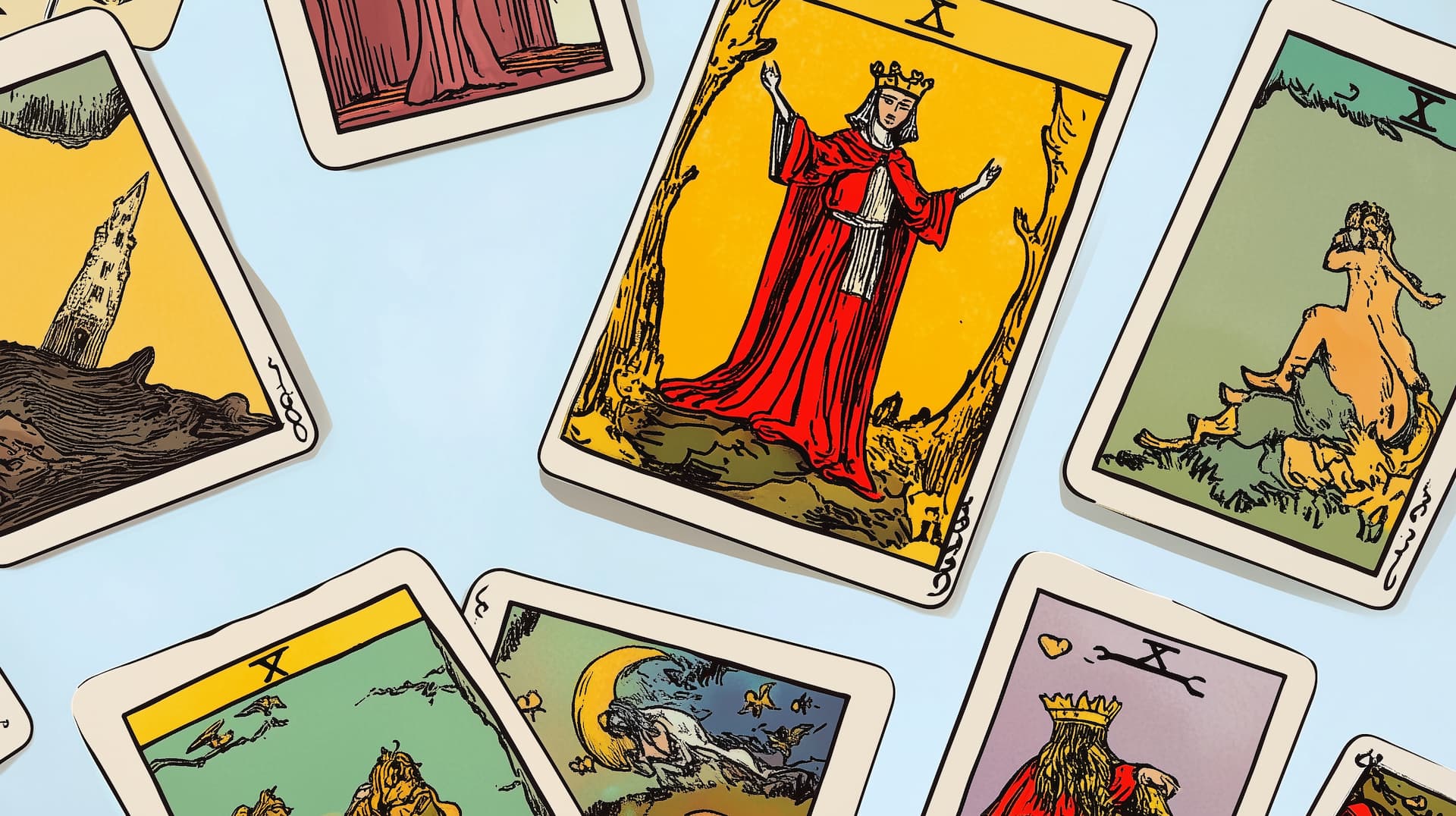
If you’re new to tarot readings, you’re probably wondering how many tarot cards to pull. Assuming you keep your guide nearby or you’re already familiar with the meanings of different cards, what kind of spread do you pick? How many cards do you need to get the answer you require?
The more tarot readers you ask, the more confused you’ll be. That’s because everyone’s different. It’s a matter of how many details you need, as well as your experience. These being said, let’s discover the best options for your readings.
Details Vs. Complications
In theory, more is better. You pull one card for a quick reading and the interpretation might be a bit vague. You could get a few details about something in particular, but maybe you need some advice as well or perhaps you need to identify something that’s holding you back.
On the other hand, you can find spreads with five cards or even 21 cards. In this case, you’ll obviously get a deeper understanding of what’s going on. You can learn about situations, obstacles, outcomes, things you need to do to change this and that and so on. There are countless details.
Now, tarot can be extremely detailed, so more cards aren’t necessarily a better idea. Cards are interpreted in different ways. Other cards in the spread will also affect the meanings, so your interpretation may have to change as you explore different cards.
It’s confusing and will never give you an accurate result if you’re not experienced. Such sophisticated spreads are more suitable for those with years of experience. Professional readers are aware of every potential interpretation and can shift very easily. Not a newbie though!
So, a single card doesn’t help much, but it can give you a theme for the day. 10 cards will be too confusing too. This means that if you’re new, sticking to three or five cards is the ideal case.
Flexibility Is a Must
Another easy way to determine how many tarot cards to pull involves understanding what you need. As a newbie, it’s easier to perform tarot readings for yourself first. However, it’s also challenging because you need to be objective, which is quite hard when you know the outcome you prefer.
What some professionals recommend is starting with a card or two. See what they mean. Of course, you should already have a question or a context in mind. Do you get enough information? Do you need more details? If you’re not satisfied, ask another question and draw another card, then go on from there.
To help you understand this idea, if you struggle with your relationship, you could ask the tarot cards to showcase what kind of relationship you’re in. You’ll draw a card then, so you’ll have a better understanding on your connection.
If there’s an obstacle, you may ask what’s stopping you and your partner from evolving. Draw another card and get your answer. If you need more details, you can also ask about the potential outcome of your relationship. Your next card will indicate whether or not it goes anywhere.
Furthermore, you can also ask what you can do to improve your relationship, then draw another card to get your answer.
This approach is healthier and more accurate for new tarot readers. If you go the other way, you’ll have to get your questions written down, then start drawing cards. Once all the cards are up, you’ll have to interpret them.
However, if one card later on doesn’t match the spread, you may need to change the entire interpretation and basically start over. It’s a technique professional readers use, but definitely not suitable for a beginner.
Reversed Cards Could Be Helpful
When not sure how many tarot cards to pull, reversed cards could provide a better interpretation. Some readers prefer to read cards when they show up reversed. Others don’t and simply stick to the main meaning of the cards, simple as that.
If you’re new and can’t do with large and complicated spreads, it might be helpful to consider the reversed position as well. The idea is great if you only draw a few cards, but it can become extremely confusing for a large spread.
If you think about it, a big spread is like an octopus and interpretations can drift away, hence the necessity to go back every now and then, which will confuse you to bits. But if you only have a few cards in the spread, reversed positions may actually be helpful.
How Many Cards to Pull
How many cards to pull depends on the spread you have. There are countless spreads and ideas out there. And as you gain a bit of experience, you can also come up with your own spreads. It’s all about trial and error. Develop a spread that seems suitable and see how it works for you.
It’s always a good idea to have more spreads readily available. These should be the ones you specialized in, so you shouldn’t need a guide. The classic three card spread or the five card spread can help out. Adjust layouts as you see fit.
It’s also recommended to get some special spreads for special occasions. You can look up online or develop your own. Perhaps a nice spread with 12 cards (one for each month) would work well before the end of the year.
Finally, make sure you train on a few spreads on the go. They should be based on questions you’re asked on the spot, without prior preparation. You can use your intuition and improvise, so basically pull cards and turn them around based on how you feel. They should be able to answer basic questions.
Bottom line, deciding how many tarot cards to pull is not that difficult because tarot isn’t an exact science. Different readers use all kinds of spreads based on what they feel comfortable with. There’s always room for experimentation, so feel free to try all sorts of suggestions to find your ideal tarot spread.





